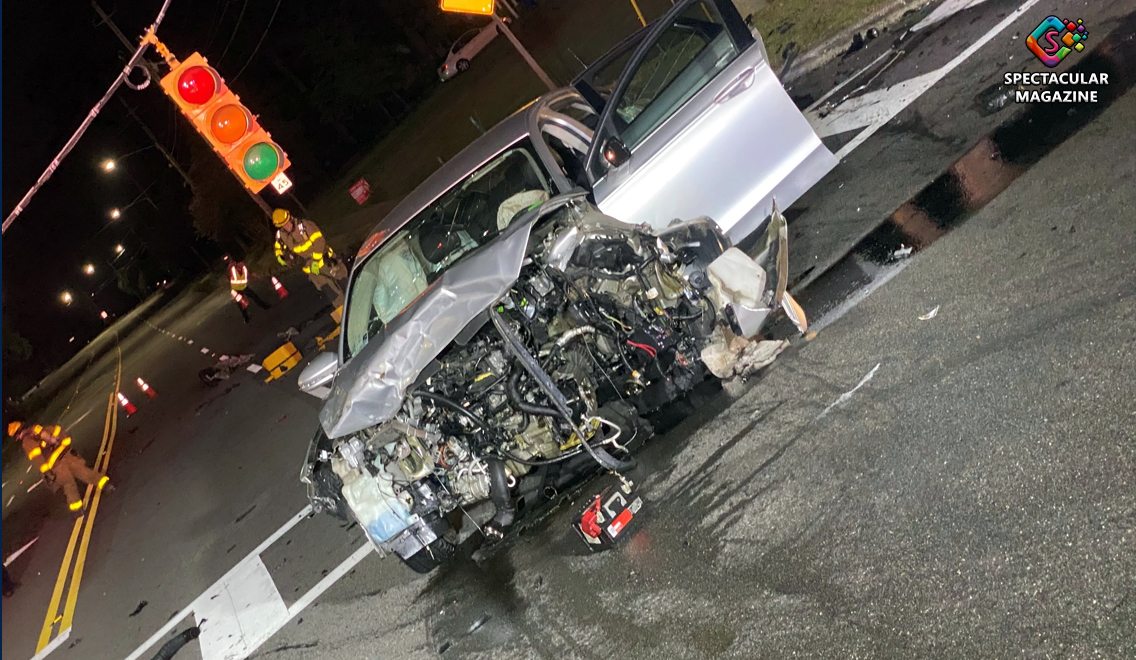Greenville Woman Receives February “Saved by the Belt” Award
RALEIGH – Amber Boahn was making a left turn in Greenville, N.C. when a Mazda smashed into the side of her car at more than 100 mph.

“I have always believed in buckling up, but after this accident, I know buckling up is a step I will always do before I begin to drive or ride,” Boahn said. “It literally saved my life.”
Nearly half the people killed in crashes aren’t wearing seatbelts, according to data from the N.C. Governor’s Highway Safety Program (NCGHSP). With the increase in speeding-related fatalities on North Carolina roads up 17% over the past five years, it’s important that everyone wear a seatbelt if they’re driving or riding in a vehicle.
For her smart decision to buckle up, Boahn is being named as the recipient of the February “Saved by the Belt” Award by NCGHSP.
The Saved by the Belt initiative raises awareness about the importance of everyone buckling up by highlighting people who avoided serious injury or death in a motor vehicle crash by wearing their seatbelt.
Share your “Saved by the Belt,” stories to raise awareness, and follow us @NCGHSP on Facebook and @NC_GHSP on Twitter and Instagram. For more information, visit www.ncghsp.org.
For real-time travel information, visit DriveNC.gov or follow NCDOT on social media.
NC Governor’s Highway Safety Program
Dedicated to reducing the number of traffic crashes and fatalities in North Carolina, the Governor’s Highway Safety Program promotes efforts to reduce traffic crashes in North Carolina and promotes highway safety awareness through a variety of grants and safe-driving initiatives.
These grants as well as initiatives – like Click It or Ticket, Booze It & Lose It, BikeSafe NC, Watch For Me NC, and Speed a Little. Lose a Lot. – help address issues such as impaired driving, seat belt use, speeding, distracted driving, motorcycle safety, bicycle safety, pedestrian safety, and other aspects of highway safety.
GHSP also helps fund North Carolina’s Vision Zero initiative, which is working to meet the goal of zero deaths on the state’s roadways through community involvement and data-driven safety interventions.


